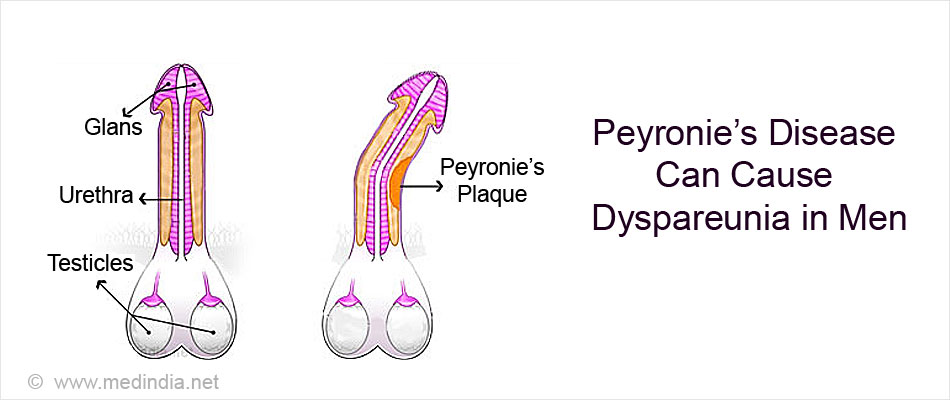
Your Personal Guide to Pelvic Issues
Pelvic pain is a broad as well as comprehensive term that refers to pain or discomfort in the lower abdomen or pelvic region of the body. This agonizing pain can range from a sharp jerk to a dull or severe chronic prolonged ache or condition.
It can be caused by a number of factors, including pelvic inflammatory disease, endometriosis, ovulation, and menstruation in women & damage to the penile foreskin; and other penile disorders such as painful erections in men.
Pelvic pain and dyspareunia during sexual interaction can be caused by a variety of psychological concerns as well, including not only anxiety but also doubting one’s ability to engage in sexual activity. It can be treated if both parties deal with it with appropriate awareness, care, understanding, and precautions.
CAUSES

● Pelvic Inflammatory Disease
Pelvic inflammatory disease or PID is a sexually transmitted infection that primarily affects the female reproductive system if left untreated. It is usually caused when bacteria from the two most common STIs, gonorrhea and chlamydial, move up from the vagina or cervix and into the woman’s reproductive organs. The bacteria may be traveling upwards due to douching, which is described as “washing or cleaning the vagina with a mixture of water and other fluids.” Apart from that, PID can be caused by the normal bacteria found in the vagina. If left untreated, it can cause difficulty getting pregnant, complications during pregnancy, and long-term pelvic pain.

● Endometriosis
Endometriosis is a condition in which tissue similar to the uterine lining grows outside the uterus. This outgrown tissue continues to act in the same way it did when it was inside the uterus, thickening and shedding and causing pain in the pelvic region as well as infertility. This pain is felt not only during “that time of the month,” but also during intercourse and as a consequence of bowel or bladder movements.

● Ovulation ,Menstruation & other related causes
The period of the menstrual cycle not only include premenstrual syndrome or symptoms such as bloating, tenderness of the breast, and mood swings, but also Dysmenorrhea which is a condition characterized by severe abdominal cramps, nagging pain in the thighs and lower back, and constant discomfort and pain, as well as nausea, headache, light-headedness, and irritability.
In addition to this, some women also experience temporary sharp pain during ovulation, when an egg is released from an ovary. This pain is called mittelschmerz and can last for a few hours. Pelvic pain can occur both before and during menstruation, and is commonly described as cramps in the pelvis or lower abdomen. Endometriosis, PCOD, PCOS, fibroid tumors, and a variety of other chronic conditions exacerbate the situation. The severity of pelvic and abdominal pain can vary from month to month. Furthermore, pelvic pain during pregnancy is not a cause for concern. But miscarriages, premature labor, ovarian cysts, gynecological cancer, and other conditions can certainly cause severe to mild pelvic pain.

DYSPAREUNIA
Dyspareunia is a persistent or recurring pain during or after sexual interaction that can be felt either externally on the vulva or internally in the vagina, uterus, or in pelvic region.
Types of Dyspareunia
On the one hand, the person engaged in sexual intercourse can experience pain at the entrance of the vagina during initial penetration due to a lack of lubrication, an injury, or an infection. This type of discomfort is also known as infraorbital or superficial dyspareunia. The person engaged, on the other hand, can also experience severe pain at the cervix or lower abdomen during the hour of deep penetration, a condition known as collision dyspareunia.
Apart from this pelvic pain during sexual intercourse can also be described as:
- Primary pelvic pain: the kind of pain one has been experiencing since becoming sexually active.
For instance, initially, you may not be sexually active but have experienced pain while engaging in sexual intercourse for the very first time.
- Secondary pelvic pain : which develops after experiencing pain-free sex.
Furthermore, the pain during intercourse can also be described as total pelvic pain or situational pelvic pain.The former one refers to pelvic pain whenever engaging in the sexual course while the latter one refers to the situation in which one can or cannot notice this excruciating discomfort.
In addition to this Dyspareunia in females can also be caused by vaginal atrophy [dryness, thinning, and inflammation of the vaginal lining]; vaginismus [fear of being hurt or prior trauma causing the contraction in the vaginal muscles]; vaginal and yeast infections; fibroids; endometriosis (PID injury, ovarian cyst, etc.) along with all the aforementioned causes of pelvic discomfort.
Dyspareunia in Men
Painful sexual intercource can also be caused by certain penile disorders such as :
- Damage in the foreskin : While engaging in sexual activity, damage to the skin that covers the head of the penis can be excruciatingly painful.
- Other Penis deformities: Peyronie’s disease [ development of fibrous tissue which causes curved and painful erection ] or other penile malformations can also make sexual activity painful.
- Serious and persistent pelvic discomfort can also result from painful erections.

CONCLUSION
To summarize apart from biological causes, dyspareunia, regardless of gender boundaries, could also be caused by a variety of psychological factors including anxiety caused due to the fear of penetration.
The consequences could be so severe that one of the partners involved believes they are incapable of engaging in sexual activity.They may even lose interest in engaging in any kind of sexual intimacy.
Communication and understanding the other person involved are thus as important as the treatment itself.
In addition to this in order to treat pelvic pain, you may also need to engage in pelvic floor-related exercises and therapies; thus, being open with your health advisor about the activeness and situational implications of sexual activity is very crucial in an age where everyone wishes to engage in sexual intercourse but are still somehow ascertain to neglect their very pious sexual health.
Author

